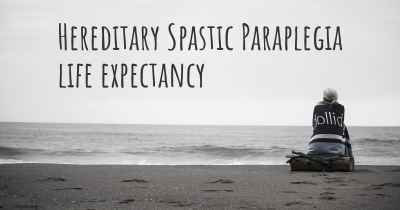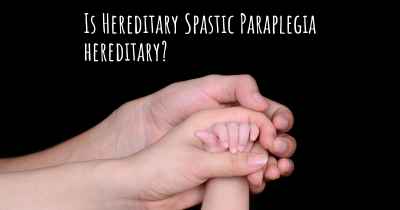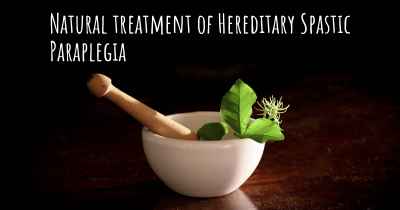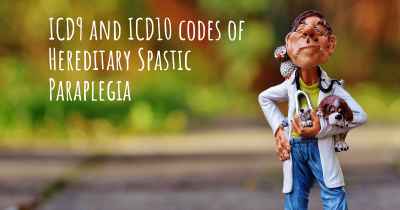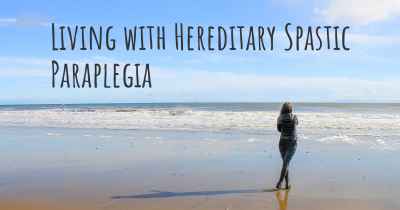Is it advisable to do exercise when affected by Hereditary Spastic Paraplegia? Which activities would you suggest and how intense should they be?
See if it is advisable for people with Hereditary Spastic Paraplegia to practice sports and which ones are the most recommended if you have Hereditary Spastic Paraplegia
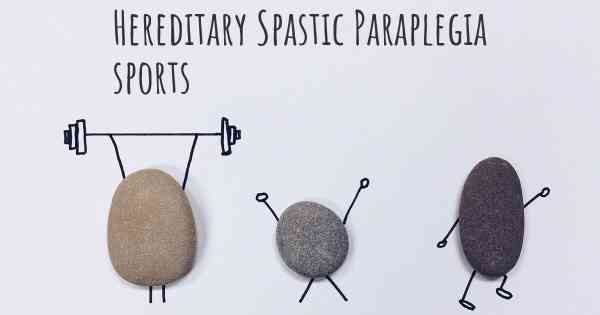
Hereditary Spastic Paraplegia (HSP) is a genetic disorder that affects the nervous system, specifically the spinal cord. It leads to progressive stiffness and weakness in the legs, making it difficult to walk and perform daily activities. While exercise can be beneficial for individuals with HSP, it is important to approach it with caution and tailor it to the individual's abilities and limitations.
Benefits of Exercise for HSP:
Engaging in regular exercise can offer several benefits for individuals with HSP:
- Maintaining muscle strength: Exercise can help preserve muscle strength and prevent further muscle wasting, which is common in HSP.
- Improving flexibility: Stretching exercises can help improve flexibility and reduce muscle stiffness, making movement easier.
- Enhancing cardiovascular health: Cardiovascular exercises, such as swimming or cycling, can improve heart and lung function, promoting overall health and well-being.
- Boosting mood and mental well-being: Exercise releases endorphins, which can improve mood and reduce stress and anxiety.
Choosing the Right Activities:
When selecting exercises for individuals with HSP, it is crucial to consider their specific limitations and abilities. Here are some activities that are generally well-suited for individuals with HSP:
- Low-impact aerobic exercises: Activities like swimming, water aerobics, or using a stationary bike are gentle on the joints and provide cardiovascular benefits without putting excessive strain on the legs.
- Stretching exercises: Regular stretching can help improve flexibility and reduce muscle stiffness. It is important to focus on stretching the muscles affected by HSP, such as the hamstrings, quadriceps, and calf muscles.
- Balance and coordination exercises: Engaging in activities that challenge balance and coordination, such as tai chi or yoga, can help improve stability and prevent falls.
- Strength training: While individuals with HSP may have limited strength, incorporating light resistance exercises can help maintain muscle tone. It is essential to use proper form and avoid overexertion.
Exercise Intensity:
The intensity of exercise for individuals with HSP should be carefully managed to prevent overexertion and injury. Here are some guidelines to consider:
- Start slow: Begin with low-intensity exercises and gradually increase the duration and intensity over time. This allows the body to adapt and reduces the risk of muscle strain or fatigue.
- Listen to your body: Pay attention to any pain or discomfort during exercise. If an activity causes excessive pain or worsens symptoms, it should be modified or avoided.
- Work with a professional: Consulting with a physical therapist or exercise specialist experienced in working with individuals with neurological conditions can be beneficial. They can provide personalized guidance and develop a safe and effective exercise program.
- Balance rest and activity: It is important to find a balance between staying active and allowing adequate rest. Overexertion can lead to increased muscle stiffness and fatigue.
Conclusion:
While exercise can be beneficial for individuals with Hereditary Spastic Paraplegia, it is crucial to approach it with caution and tailor it to the individual's abilities and limitations. Low-impact aerobic exercises, stretching, balance and coordination exercises, and light strength training are generally well-suited for individuals with HSP. The intensity of exercise should be gradually increased, and it is important to listen to the body and work with a professional to ensure safety and effectiveness. By incorporating regular exercise into their routine, individuals with HSP can potentially improve muscle strength, flexibility, cardiovascular health, and overall well-being.
Posted Mar 1, 2017 by Patricia 1000
Posted Mar 19, 2018 by Franc1s77 3550
Posted May 10, 2018 by Evan 1620
As intense as possible
Posted Mar 13, 2019 by Craig 3550
